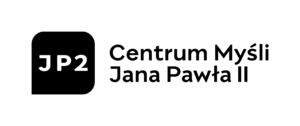PREMIERE 5.03.2021 MAIN STAGE
TIME: 60 MIN
“Ha(e)user” is a story about coming to terms with changes, attempting to accept what is new.
The titular Haeuser is a protagonist who tries to cope with these changes. The figure of Kaspar Hauser has inspired many artists to see language not as an instrument of oppression, but as a method of assimilating and coping with reality.
We observe Haeuser’s attempts to name his fears, and to define himself as an individual. This is an introspective journey, in which the actors/dancers explore where the “I” begins and ends, how the individual story concludes. To show the various strategies of adapting to change as best as possible, the artists have chosen a polyphonic form of presentation. The seemingly remote characters interweave in the shared threads and motifs. We encounter them at the moment when the first dawn of the new year is awaited. The symbolic date of January first, and the passage between night and day open a door to personal monologues and reflections. For Haeuser, as for the rest of the protagonists, language is an opportunity to set out a personal testament, to make a summation and reckoning with the past, to step into the unknown.
The titular “homes” (Ger.: Haeuser) are the artists’ bodies, which undergo constant transformations, adopting new forms. They are parts of memory and personality that can be separated and cast off to make room for new ones. The shed skin is a tangible remnant and account of a life. The play takes on the scope of a testament and evidence of having gone through change.
The performance was created in cooperation with the festival Nowe Epifanie as a result of the laboratory of new epiphanies.







